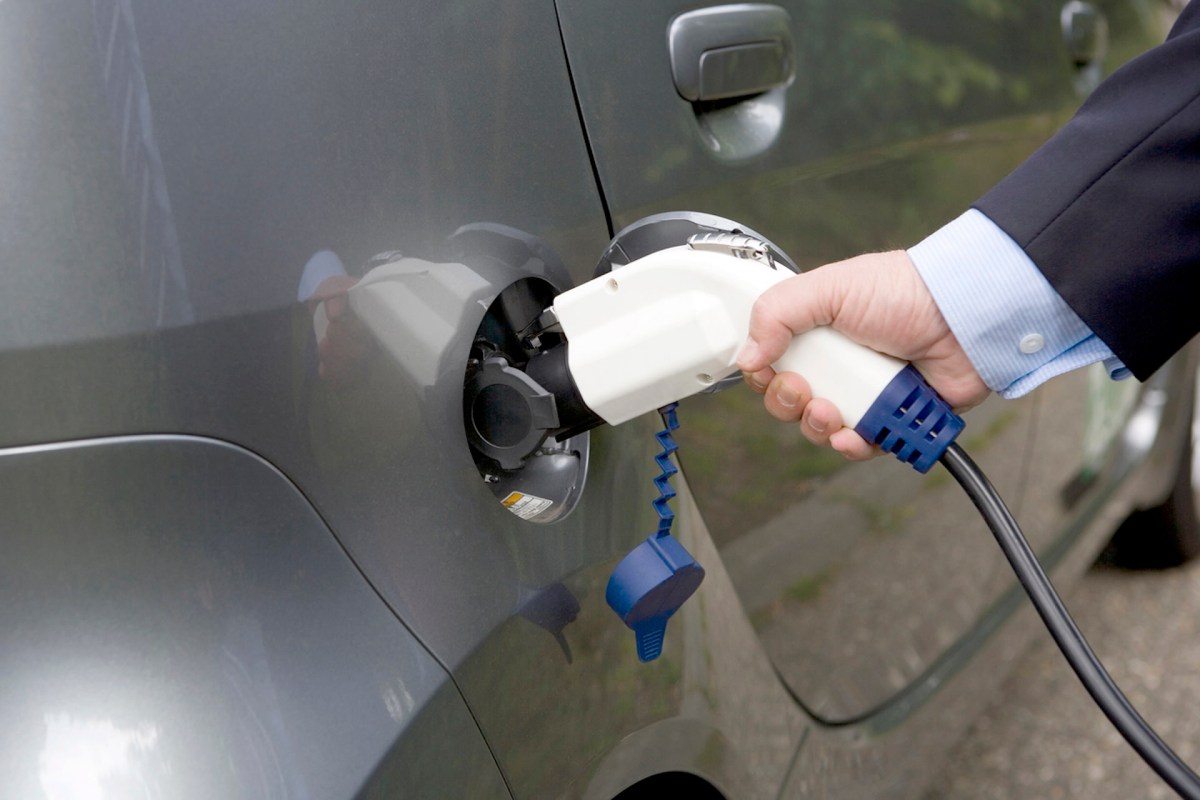Experts in Texas may have solved the rare, yet troubling, battery fire problem with a solid sodium solvent.
It's important news, as a growing number of electric vehicles are on the road — a record 1.2 million sold in 2023 alone, per Cox Automotive — contributing to increased combustion reports.
And now the University of Texas at Austin has a promising sodium battery in development that could allow for unbridled growth in EV adoption without fire fears. As well as cars, it applies to smartphones, laptops, and other devices.
The secret from the Longhorns' lab is salt. It's not exactly a novel concept, as sodium batteries are being produced by big-time EV maker BYD, among other efforts. But in Texas, researchers are also using a "salt-based solid diluent in the electrolyte," the part of the battery where ions move between the electrodes during the charge/discharge process. The sodium nitrate helps to stabilize the battery during operation, all per the lab report.
"Batteries catch fire because the liquid solvents in the electrolyte don't get along with other parts of the battery," Texas engineering professor Arumugam Manthiram, the lead researcher on the project, said in the university story. "We have reduced that risk from the equation to create a safer, more stable battery."
The sodium-based power pack doesn't include costly metals, like lithium and cobalt. Furthermore, the Longhorn chemistry also provided some impressive results, keeping 80% of its storage capacity after 500 charge cycles. The team said the performance is on par with lithium-based smartphone power packs.
"Here we show a sodium battery that is safe and inexpensive to produce, without losing out on performance," Manthiram said in the Longhorn story.
If the tech can reliably power our gadgets and EVs, it could be a pivot point on several fronts in the battery sector. The ingredients list includes abundant salt, iron, manganese, and nickel, reducing both the cost and environmental impact of battery manufacturing.
J.D. Power reports that batteries can cost between $4,000 and $20,000. However, EV prices are nearing parity with those of gas vehicles already, thanks to government incentives, competition, and lower materials costs, according to The New York Times.
Even lower prices could increase EV accessibility further, reducing the number of carbon-polluting vehicles on roadways. The average gas-powered vehicle spews more than five tons of air pollution a year, per the U.S. Environmental Protection Agency.
If the 1.2 million EVs sold stateside last year each replaced a gas-guzzler, the switch prevented 6 million tons of air pollution from exhaust pipes. What's more, the fresh air is healthier, as dirty energy fumes are linked to a host of ailments, including cancer and dementia.
Texas' battery science could bring the power of salt to bear in battery chemistry, perhaps ushering in a new generation of cleaner power packs that have the most safety, the lowest cost, and the best performance.
"It is critical to develop alternatives to lithium-ion batteries that are not just on par with them, but better," Manthiram said in the university summary.
Join our free newsletter for weekly updates on the coolest innovations improving our lives and saving our planet.









